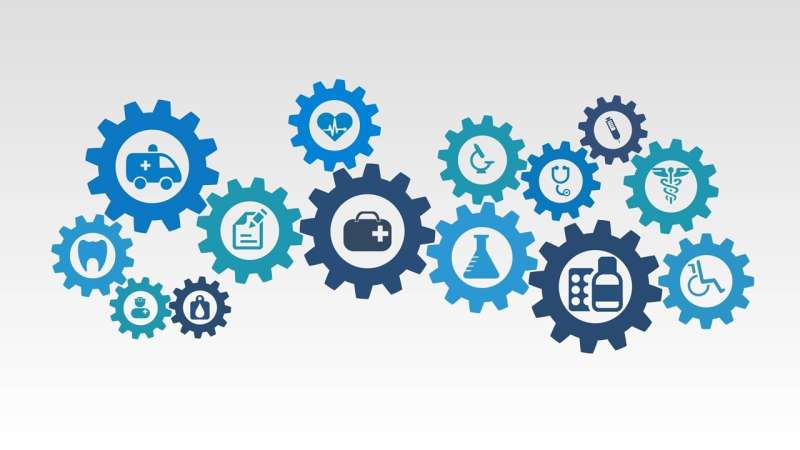Advancements in Radiotherapy: Enhancing Cancer Treatment with Existing Equipment

Researchers from Poland have developed a cost-effective method to improve cancer radiotherapy by assessing proton beam quality during treatment planning, enhancing safety and effectiveness with existing equipment.
Recent research by physicists from the Institute of Nuclear Physics of the Polish Academy of Sciences has made significant strides in improving cancer radiotherapy. Traditionally, effective and safe treatment planning relies heavily on sophisticated irradiation equipment, often involving costs of tens of millions of euros, especially for proton therapy systems. However, the new findings demonstrate that by leveraging existing medical infrastructure, treatment precision can be notably improved.
The team has developed a method to evaluate the quality of proton beams during therapy planning, a metric previously underutilized in clinical practice. This innovation allows medical physicists to account for the biological effectiveness of radiation, which is crucial for maximizing tumor destruction while minimizing harm to healthy tissue. Incorporating radiation quality parameters like linear energy transfer (LET) into treatment planning can significantly enhance the therapy's efficacy.
Key to this breakthrough is the use of a compact, commercially available Timepix3 detector. During experiments at the Cyclotron Center Bronowice using the Proteus C-235 cyclotron, scientists characterized the LET parameter, which describes how much energy a proton deposits along its path inside tissues. This detector's capability to identify individual protons and estimate their LET in real-time paves the way for more precise, safe, and effective proton therapy.
While current clinical practice lacks straightforward tools for measuring LET directly within therapy environments, this new approach addresses that gap. The method not only improves the biological understanding of the delivered dose but also enhances the verification process before each treatment session, thereby increasing treatment safety.
The research highlights the potential for widespread implementation, especially since it requires only software updates to existing cyclotron systems, avoiding the need for costly new equipment. The approach also opens opportunities for better treatment with other ion beams, such as helium, carbon, or oxygen, expanding the scope and effectiveness of particle therapy.
This pioneering work underscores how physics and innovative detection technologies can directly contribute to better health outcomes, transforming the landscape of cancer radiotherapy and making advanced treatments more accessible.
Stay Updated with Mia's Feed
Get the latest health & wellness insights delivered straight to your inbox.
Related Articles
Global Experts Collaborate to Update Diagnostic Criteria for Vascular Dementia
International experts have released updated diagnostic criteria for vascular dementia and cognitive impairment, incorporating recent scientific advances to improve diagnosis and early intervention strategies. Source: https://medicalxpress.com/news/2025-09-global-experts-redefine-diagnostic-criteria.html
Personalized Tuberculosis Treatment Strategies Based on Disease Severity Could Enhance Patient Outcomes
New research advocates for tailoring tuberculosis treatment based on disease severity, promising shorter, more effective therapies, and better patient outcomes. Learn how personalized strategies could transform TB care.
Deep Sleep and Daytime Urinary Control Crucial in Managing Childhood Nocturnal Enuresis
New research identifies deep sleep and daytime urinary control as key factors in the effective management of childhood nocturnal enuresis. Personalized strategies may improve treatment outcomes.
Potential Increase in Obamacare Premiums Expected in Florida Next Year
Expect a major rise in Obamacare premiums in Florida next year as pandemic-era subsidies expire, potentially affecting millions of low- and middle-income enrollees. Learn about the implications for healthcare costs and access.



